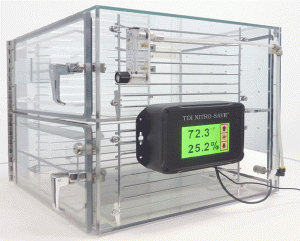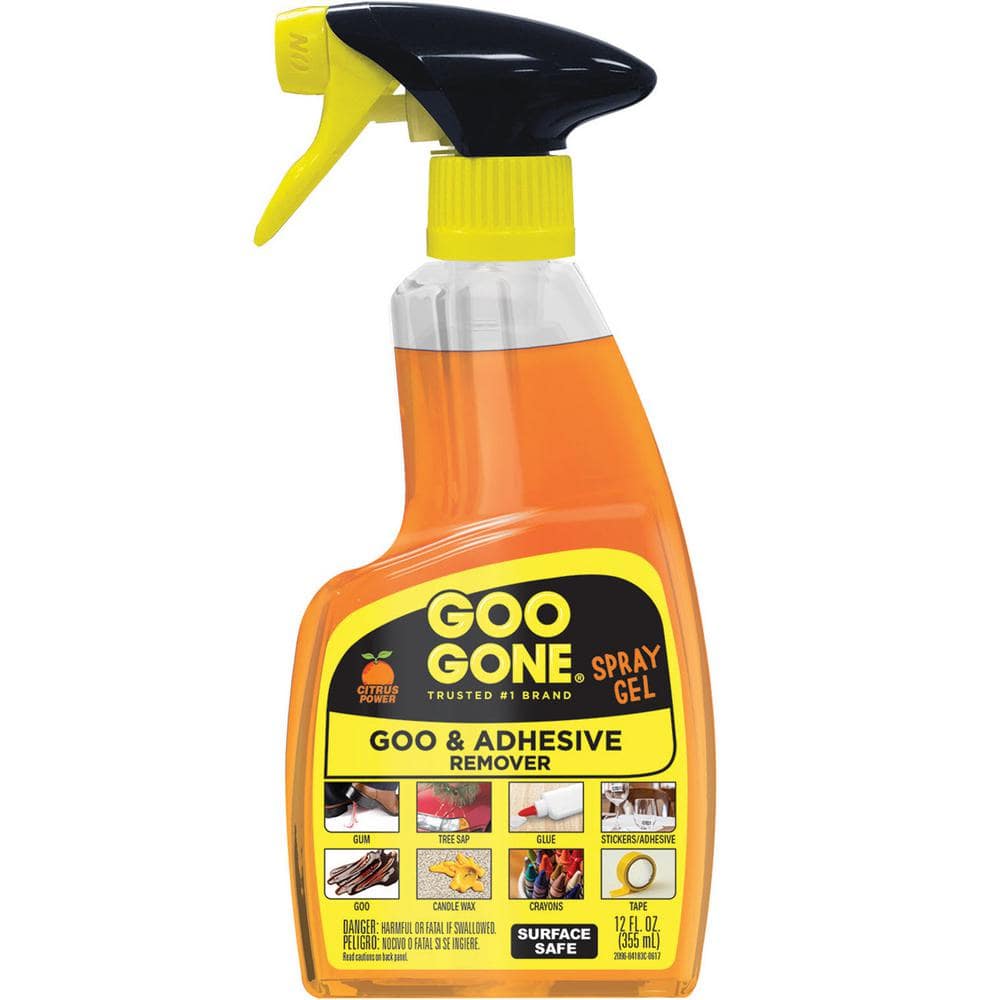#5 ii Alive!
Aluminum
- Joined
- May 12, 2018
Hello, I have a weird application in my shop where I've had to create my own base plate for PSA sanding pads. Long story.
I've removed a previous pad, but I have a lot of stickem left on the acrylic base pad. I tried hot water, soap, vinegar, and none are working.
I read online that I shouldn't use acetone or nail polish remover, but would these work fine and prevent pitting of the Acrylic if I wipe fast and immediately wash off the pad soapy water.
I'm new to the PSA pad thing, having used hook-n-loop for years, but for this one application the PSA works much better.
Thanks in advance for your advice to a newb.
#5
I've removed a previous pad, but I have a lot of stickem left on the acrylic base pad. I tried hot water, soap, vinegar, and none are working.
I read online that I shouldn't use acetone or nail polish remover, but would these work fine and prevent pitting of the Acrylic if I wipe fast and immediately wash off the pad soapy water.
I'm new to the PSA pad thing, having used hook-n-loop for years, but for this one application the PSA works much better.
Thanks in advance for your advice to a newb.
#5



